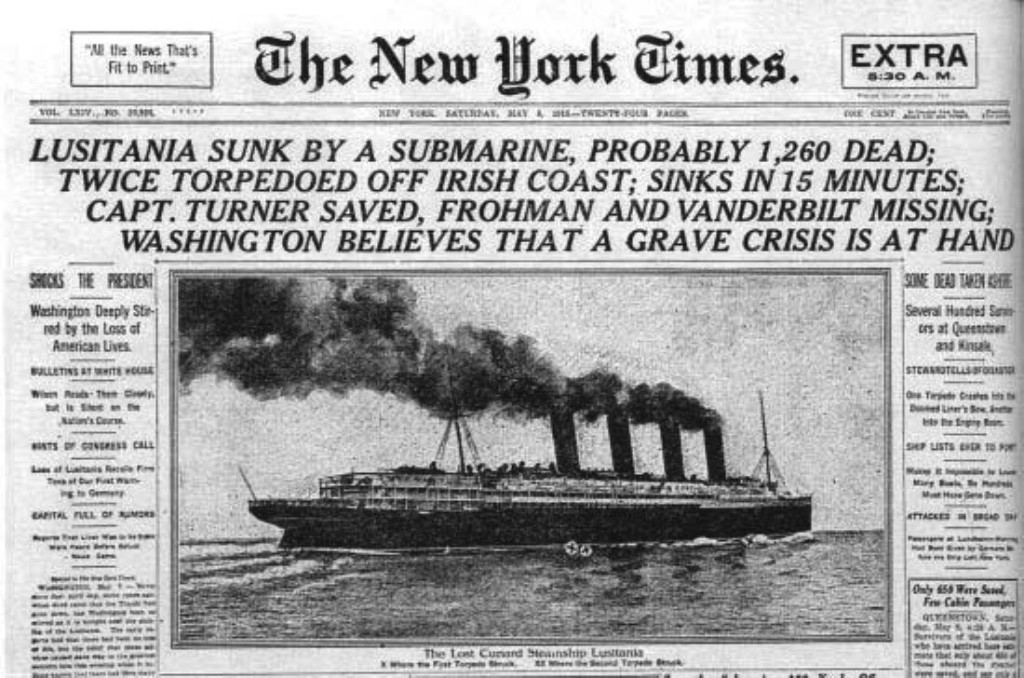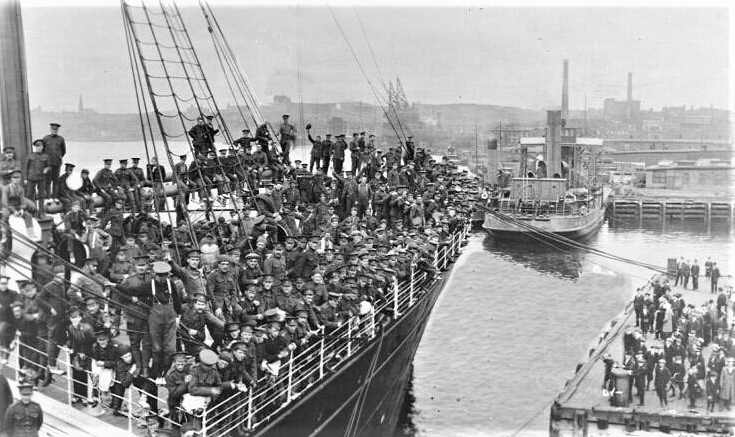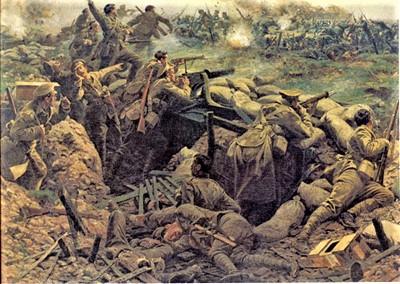War News: May - June, 1915
April 25: The Battle of Gallipoli begins. British and French planners make a sceond attempt at forcing the Ottoman Empire out of the war and opening a sea route to Russia. Britsh troops land on the Gallipoli Penninsula to try and force open the Dardenelles Strait


May 7: On 7 May 1915, the liner RMS Lusitania was torpedoed and sunk by U-20, off the coast of Ireland. Of the 1,959 people aboard, 1,198 were killed, 128 of them US citizens. There was massive outrage in Britain and America, and many believed that Americans would declare war on Germany. US President Woodrow Wilson refused to do this despite the loss of American lives

May- June: Second Canadian Division sails for Britain in a series of convoys. After training in Britain they sail for France in September, 1915

May 9 - June 18: The Second Battle of Artois. The British and French plan a dual offensive to eliminate a German salient near Vimy. The French attacked Vimy Ridge while the British simultaneously attacked Aubers Ridge. Both attacks make little progress with over 130,000 casualties
May 8-13: The Battle of Frezenberg Ridge. On May 8th and 9th German forces attacked the British defenders on Frezenberg Ridge near Ypres. The British repulsed the initial attacks, however, the third German assault of the morning created a 3.2 km gap in the line. A fierce counter-attack by the Princess Patricia's Canadian Light Infantry prevented the Germans from advancing any further. Their success had a steep cost; 550 out of their 700-man force were casualties including vitually all of the officers.

May 15-25: The Battle of Festubert. The British planned an attack at Festubert, twenty kilometers north of Vimy, to divert German forces away from the French attacks in the Artois. The British launched a sixty hour bombardment followed by three days of attacks by Indian and British troops. The Canadians were ordered to take over the attack on the fourth day. The Canadian forces were poorly prepared. Their maps contained inaccurate information and they lacked artillery support. The Canadians repeated frontal assaults. Heavy rains and deep mud slowed the attackers who were cut down by well-positioned German machine-guns. The Canadians made small gains over a week of fighting, but incurred 2,468 casualties in a series of largely unsuccessful attacks. Since the Second Battle of Ypres less than a month earlier, the Canadian Division had suffered more than 8,500 casualties.